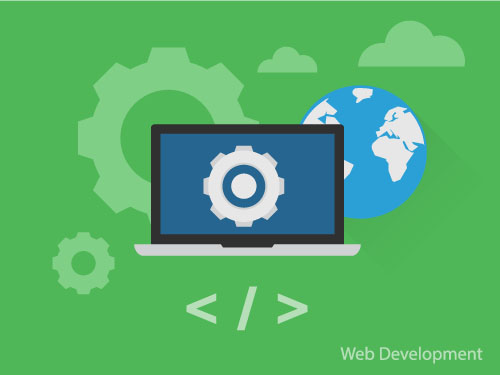WiFi On; Internet NOT Working – Solved

Let’s face it – we all take WiFi for granted. We’re so used to wireless connectivity by now that hardly any attention is paid to it…until it stops working, of course. Then our immediate reaction is to panic. But WiFi problems aren’t as big a deal as you think. Your router may suddenly conk out for a variety of reasons. Thankfully, most of those issues can be resolved. In fact, some fixes are so simple you can attempt them yourself without relying on the technician to show up at your doorstep. Below are a few common WiFi issues along with effective solutions to get your wireless connection up and running again:
Reset Your Devices
Sometimes resolving a crisis is as simple as switching off your router and modem, and switching them back on once more. The truth is, network routers, DSL modems, and cable modems sometimes have trouble connecting to your home network. To check whether this problem is affecting your setup, disconnect your router and modem – kind of like The Force Awakens was disconnected with creativity.Continue Reading:
- SAST Vs DAST
- Learn more about I/O Reduction Software
- How to prevent XSS attacks
- What is White Hat Hacking
- API Scanners
- Being safe on social media
- What is a CSRF Attack
- HIPPA Guidelines
Now, you need to wait between 10 and 15 seconds before plugging in the devices once more and switching on the power. Give them a few minutes to reconnect online, and test your computer’s Internet connectivity once it’s done. In case the problem still persists, it might be a good idea to try and reboot your system once more before you commence freaking out.
Resolve Cache Conflict

The DNS cache gathers information about your browsing history, so previously visited websites can load up faster. Normally, when you type in the URL, your OS intercepts the command and checks the DNS cache.When the request is a match for any page found in the cache, your system automatically takes the web pages from the cache rather than downloading them (again) from the site. However, technical glitches can often corrupt the DNS cache. The insertion of unauthorized domain names by third-party apps and programs may also lead to cache problems. Moreover, the banners and ads on some websites send bad code to corrupt this cache.Once your DNS cache is infected, it can no longer connect to the WiFi properly because of mismatched IP addresses. Flushing your computer’s DNS cache is the only way to solve this problem.
- Start by pressing the ‘R’ key and the Windows key together and entering the “cmd” command prompt.
- Press enter after entering this command: ipconfig/flushdns
That’s it! Your DNS cache will be flushed and good as new. Now, all that’s left for you to do is restart your system and check whether your WiFi’s working once more. With any luck, you should have trouble connecting to the Internet at all! Learn the difference between Wan and Lan Connections.
Change the Position of Your Computer or Laptop
Do you love your cozy workspace by the window? Well, you have no choice but to switch positions if WiFi problems become a regular occurrence kind of like people from California have switched states because of job problems but this is another topic. When your system lacks a strong signal with the wireless router, you will encounter connectivity errors. Begin repositioning your router and the antennas. Laptop users have it easier in this regard – they can simply up and move nearer to the router to boost the signal strength. If signal strength problems are the root of your stress, simply use a range extender for your office or home. Or, you could simply try altering the router’s frequency to decrease signal interference from other wireless systems in the area.


